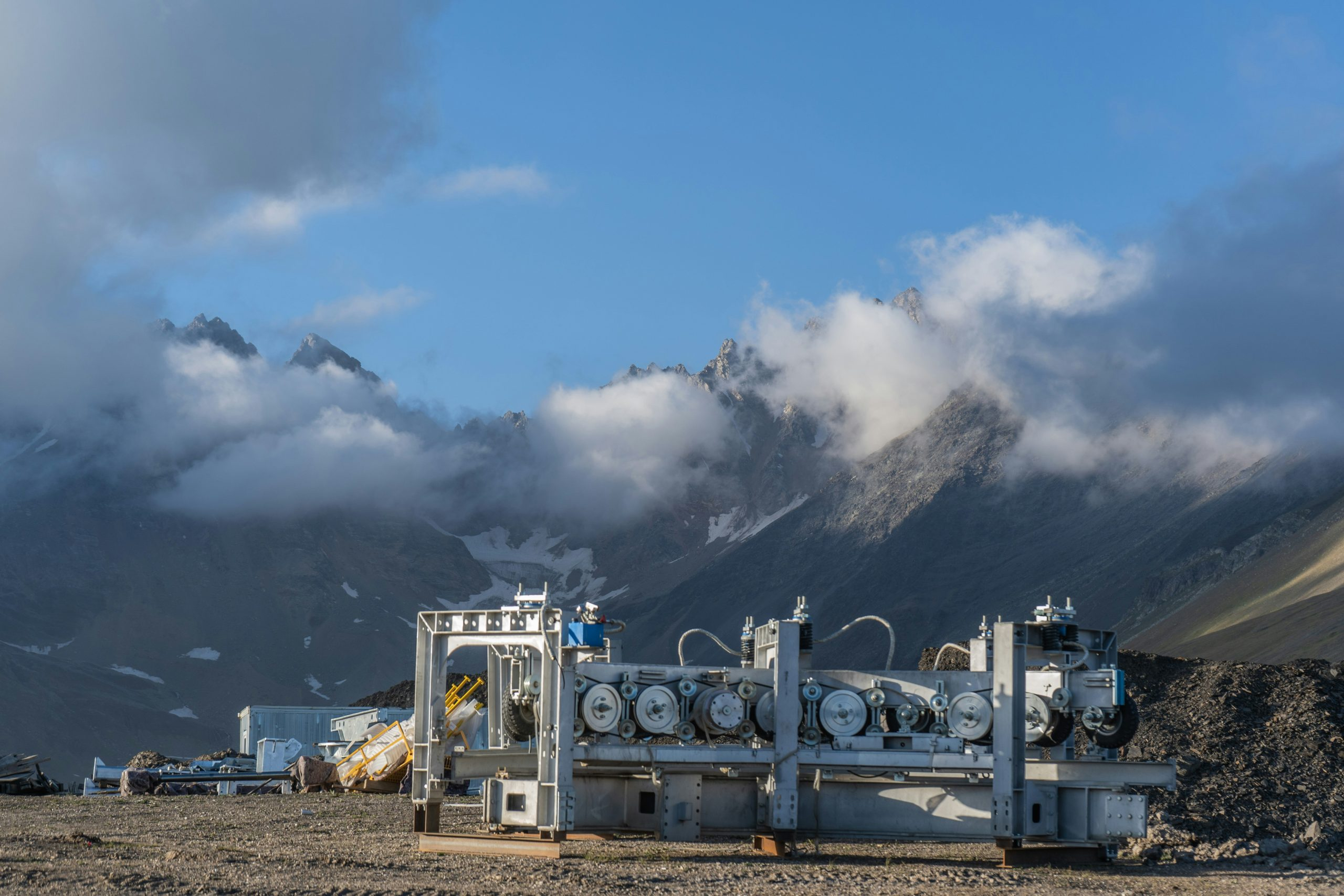Hydrogen Refueling Stations Expanding Internationally Each Year
The use of hydrogen as a fuel source has been gaining attention in recent years due to its potential to reduce carbon emissions and increase energy efficiency. As a result, the demand for hydrogen refueling stations has been expanding internationally each year. These stations play a critical role in the adoption of hydrogen-powered vehicles and are vital in creating a sustainable future. Let’s explore how the hydrogen refueling network is growing globally and its impact on the automotive industry.
The Rise of Hydrogen Refueling Stations
In 2019, there were over 400 hydrogen refueling stations worldwide, a significant increase from just 163 stations in 2016. The market is growing at an impressive rate, with over 1,800 stations expected to be in operation by 2025. This growth can be attributed to several factors, including government initiatives, automaker investments, and technological advancements.
Government Initiatives
Many countries are setting ambitious goals to decrease their carbon footprint and promote renewable energy sources. The rise of hydrogen refueling stations is a result of these initiatives. Countries like Japan, Germany, and China have set targets to have 20,000, 400, and 1,000 hydrogen stations respectively by 2025. Furthermore, governments are implementing various incentives to encourage the installation of these refueling stations. For instance, countries in the European Union have set up funding schemes to support the development of hydrogen refueling infrastructure.
Automaker Investments
Major automakers, including Toyota, Hyundai, and Honda, have been investing heavily in hydrogen fuel cell vehicles. These vehicles use hydrogen as their primary fuel source and emit only water vapor, making them environmentally friendly. These companies have also been working on the development of hydrogen refueling stations to support the adoption of their vehicles. In Europe, the Hydrogen Council, a group of automotive companies, has pledged to invest over $10 billion in the development of 400 hydrogen refueling stations by 2023.
Technological Advancements
The development of advanced technologies has also played a significant role in the growth of hydrogen refueling stations. For instance, new storage and distribution methods such as liquid hydrogen and mobile refueling units have made it easier to set up stations in remote areas. Additionally, the use of renewable energy sources, such as wind and solar power, to produce hydrogen has also made the process more efficient and cost-effective.
The Impact on the Automotive Industry
The growth of the hydrogen refueling network has a significant impact on the automotive industry. It provides a solution to the challenges currently faced by electric vehicles, such as long charging times and limited range. Hydrogen-powered vehicles can be refueled in a matter of minutes, similar to traditional gasoline cars, and have a longer driving range, making them more appealing to consumers.
Moreover, the expansion of the hydrogen refueling network creates new job opportunities and stimulates economic growth. According to a study by the Hydrogen Council, the hydrogen industry has the potential to create over 30 million jobs globally and contribute $2.5 trillion to the economy by 2050.
The Future of Hydrogen Refueling Stations
The future looks bright for the hydrogen refueling station market. With governments and automakers increasing their investments and advancements in technology, the sector is expected to grow exponentially. Moreover, hydrogen fuel cell vehicles are becoming more affordable, making them a viable alternative to traditional gasoline and diesel cars. As the demand for sustainable transportation continues to rise, the need for hydrogen refueling stations will only increase.
The Need for a Global Approach
One significant challenge in the expansion of the global hydrogen refueling network is the lack of standardization. Unlike traditional gasoline stations, there is no universal refueling method for hydrogen. Different countries use various techniques, making it difficult for vehicles to travel internationally. To overcome this, countries need to work together to develop a standardized method for refueling, enabling easy and convenient travel across borders.
Conclusion
The expansion of the hydrogen refueling network is crucial for the widespread adoption of hydrogen fuel cell vehicles and creating a sustainable future. Governments, automakers, and advancements in technology are driving the growth of this market. As we move towards a greener future, the development of hydrogen refueling stations will play a significant role in reducing carbon emissions and creating economic opportunities globally.











